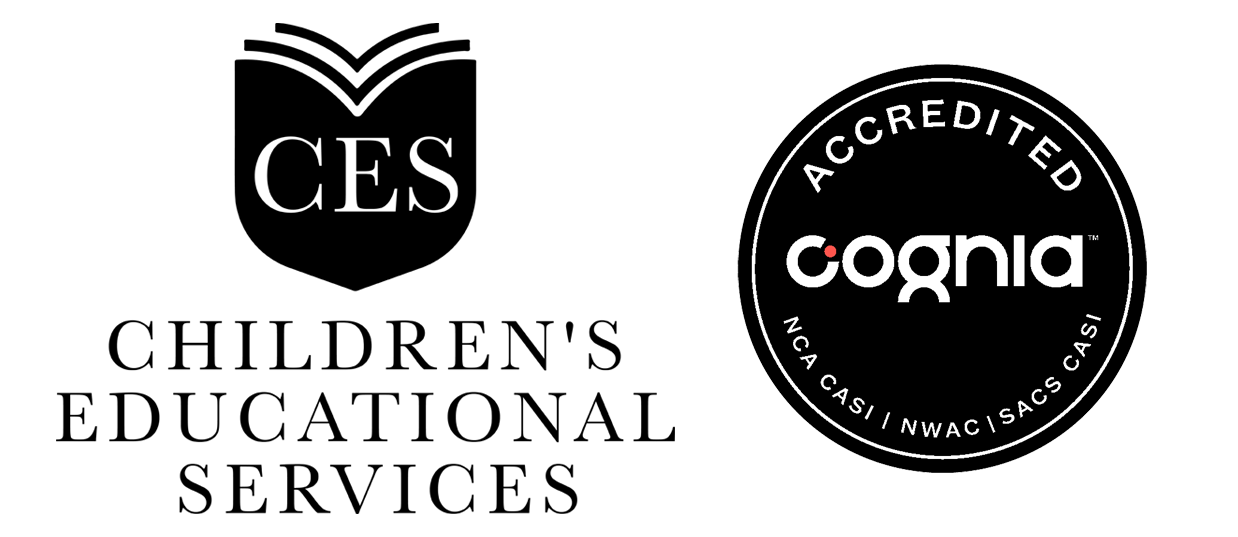Source: https://www.brainscape.com/blog/2012/06/flashcards-children/
As you may know, Brainscape is among the most popular adaptive web & mobile flashcards platforms among college students, medical students, and adult learners. The service is generally not sold in licenses to schools, but is directly adopted by these mature learners who realize that flashcards are one of the most effective ways to study.
But recently, we’ve seen an increasing number of parents and teachers discovering Brainscape as a new way to teach and engage their younger students. This prompted us to dig further into the practice of using flashcards with children.
Flashcards for Kids
Flashcard learning for children is quite popular as a playful means to introduce children to new words, images or concepts. The benefits of flashcards is that they make it easy to maximize the benefits of repetition and to improve kids’ important (if debated)memorization skills.
Of course, we tend to take a different approach to learning (or teaching) at different ages. Learning at a young age generally suggests the need for a more playful element, because it is not yet accompanied by the intrinsic motivations brought by schools, tests, and career prospects. The great thing about flashcards therefore is that you can introduce them to a child in fun ways, which over time might evolve into a more involved yet natural form of studying.
How to go about introducing flashcards?
As previously stated they are an all-age learning tool; even toddlers can ‘study’ with them. While the traditional format is two sides with one asking a question and the other depicting the answer, a spoken word to accompany a picture properly targets language development in younger children.
Repeating words to children so they mimic them is already the most natural form of early teaching; adding a pictorial clue offers great visual stimulation in addition to the auditory learning. When you are using flashcards with your child, you can add written words over time to help develop reading and writing comprehension. And once a child reaches a certain stage it is important to go beyond mere recognition of words and sounds and towards actual production of the word in question.
The best part is that nowadays, introducing flashcards is easier than ever thanks to digital flashcard tools. Systems like Brainscape allow you to create (or find) online flashcards for just about any subject, so you can take them on the go with you whenever you want.
[cp_modal display=”inline” id=”cp_id_bceb2″][/cp_modal]
How to find or create the right flashcards?
Online flashcards marketplaces like Brainscape can allow you to find online flashcards for just about any subject.
But flashcard creation can be a great activity for older children that helps them learn how to go about building their own learning tools later in live. It is also a first step towards learning the material that will be covered with the flashcards.
Children can be involved in the creation process in a number of ways: If there is no ‘required learning’ or you simply want to introduce cards as a learning game, get your child’s input on a subject to study. Once you have made a choice, get creative on the card creation process: Your child likes to draw? Allow them to draw the question side of the card. S/he’s learning to write? Help them spell out the answer. When images are involved (and they should be wherever possible, because they enhance the visual learning flashcards promote) you can pick them with your child: Find images to color in, give the child magazines/newspapers/coloring books to choose and cut out images from, add these to the flashcards.
As long as you are the primary educator and have a firm grasp of the subject matter and its boundaries, compiling flashcard material is fairly easy. Motivating a child to condense material covered in school into flashcards can be difficult, because it may seem like an arduous and too involved task.
To facilitate the evolution from voluntary (fun) learning to required flashcard learning, start small. Children in elementary school won’t need to cover complex or even very detailed material. A first project that will also encourage automatic learning is to ask your child to write down a few important words or sentences that s/he took away from that day’s (or that week’s) classes.
Over time, you will have a nice collection and a great starting point for your flashcards. When you have these pointers on what was important it will be fairly easy to add the details or expand to related concepts.
How to keep learning with flashcards interesting.
If flashcard creation and learning is supposed to be – and stay – fun for your child, there are some easy ways to keep things interesting. Engaging the child in fast-paced quiz activities can turn flashcards into a great game with other learners, for example. When the material has been covered by all children, quiz your child with a classmate, friend or sibling to offer more enticement to remember.
The important thing is that the parent or teacher serve as the initial guide for individual or group flashcard activities, before “taking off the training wheels” and allowing the child to use the app or paper flashcards on their own. By teaching kids how to learn deliberately, flashcards can instill good learning habits that will last a lifetime.


